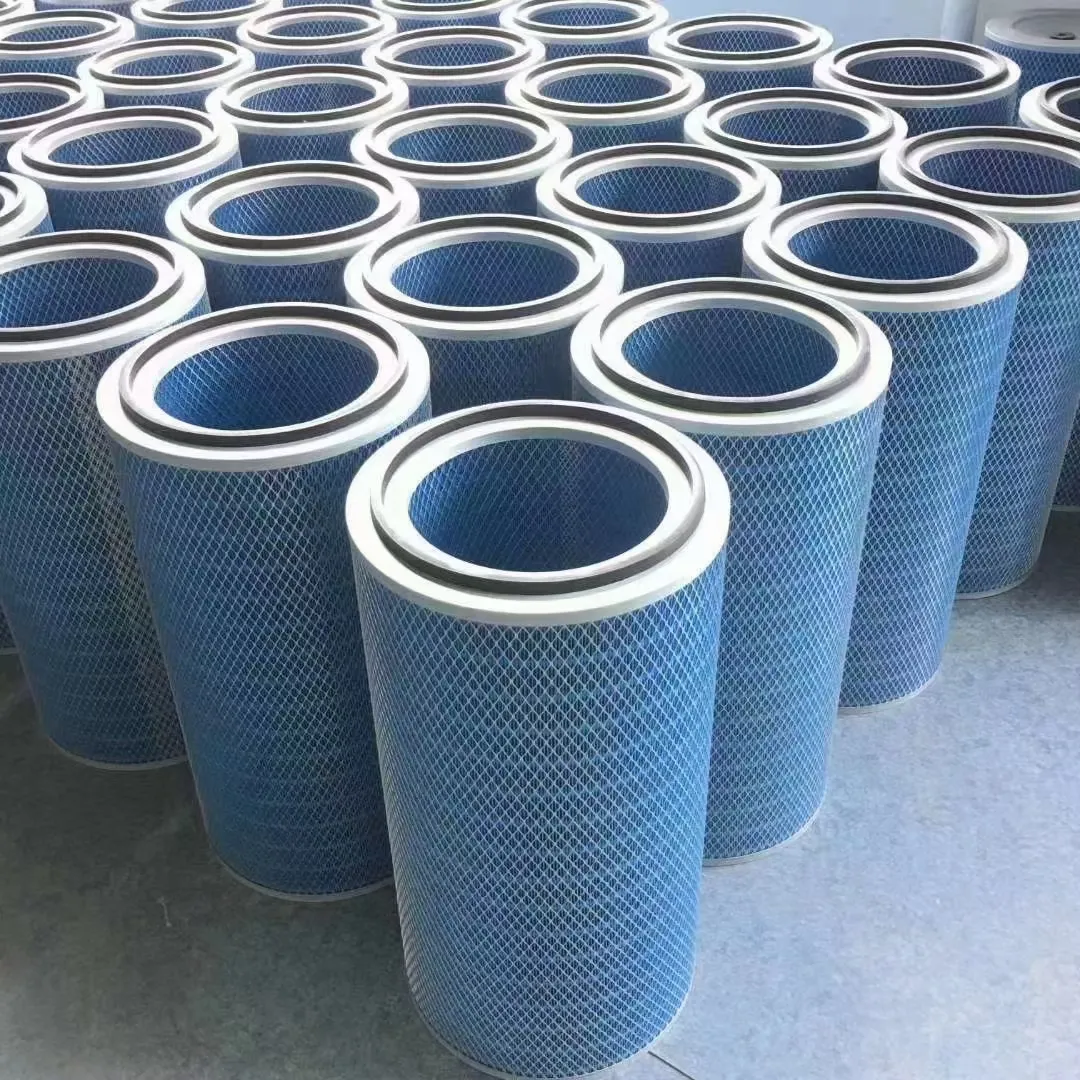 Tel:
+8615930870079
Tel:
+8615930870079
Nov . 29, 2024 15:14 Back to list
High Efficiency Silo Filter Cartridge for Dust Control and Air Quality Improvement
Understanding Silo Filter Cartridges Key Components for Efficient Filtration
In various industrial applications, the need for efficient dust and particulate filtration is paramount. One of the crucial components in achieving clean air and ensuring equipment longevity is the use of silo filter cartridges. These cartridges are designed to provide effective filtration solutions to control dust emissions and maintain environmental standards in operations involving bulk materials.
Silo filter cartridges function as part of a dust collection system, typically found in industries such as cement, food processing, pharmaceuticals, and chemical manufacturing. The primary role of these cartridges is to filter out airborne particles, preventing them from escaping into the atmosphere, which can pose health risks to workers and contribute to pollution.
Structure and Functionality
Silo filter cartridges are typically cylindrical in shape, made from various materials depending on the application's temperature and chemical compatibility requirements. They are equipped with pleated filter media that increases surface area, allowing for efficient dust capture. The pleating ensures that the cartridges can trap more particles without significantly increasing resistance to airflow, which is critical for maintaining operational efficiency.
The cartridges are installed within a silo filter or dust collector system, where the dusty air enters the filter housing. As air passes through the pleated media, particulates are trapped while the clean air is released back into the environment or redirected for reuse in the process. The effectiveness of silo filter cartridges is measured by their filtration efficiency, dust holding capacity, and resistance to airflow.
Importance in Industrial Operations
The significance of silo filter cartridges cannot be overstated. Not only do they aid in compliance with environmental regulations by reducing emissions, but they also enhance workplace safety. By minimizing dust exposure, companies can protect their workers from respiratory issues and other health hazards associated with airborne particulate matter.
Additionally, investing in high-quality silo filter cartridges can lead to cost savings over time. Effective filtration systems reduce the need for excessive maintenance of equipment, as well as prevent product losses due to contamination. Furthermore, by ensuring that the operation runs smoothly without excessive dust buildup, companies can maintain productivity and maximize output.
silo filter cartridge

Selection Considerations
When selecting silo filter cartridges, several factors should be considered to ensure optimal performance
1. Material Compatibility The filter media must be compatible with the specific type of dust and the temperature of the operation. For instance, high-temperature applications may require special materials to withstand heat without degrading.
2. Filter Efficiency Look for cartridges that offer high filtration efficiency, typically indicated by a rating based on industry standards. Higher efficiency ratings mean better particle capture rates.
3. Dust Holding Capacity Selecting cartridges with adequate dust holding capacity is crucial. This characteristic determines how much dust the cartridge can handle before requiring replacement or cleaning.
4. Airflow Resistance Opt for cartridges designed to minimize airflow resistance. Lower resistance ensures that the system operates efficiently without straining the equipment.
5. Maintenance Needs Consider how often the cartridges require cleaning or replacement. Some cartridges are designed for easyMaintenance, which can save time and labor costs.
Conclusion
Silo filter cartridges play a vital role in ensuring effective dust control in various industries. By trapping airborne particles and helping maintain clean environments, they contribute not only to compliance with regulatory standards but also to the safety and health of workers. Choosing the right silo filter cartridges is essential for enhancing operational efficiency and achieving long-term cost savings. With the right information and careful selection, companies can significantly improve their dust collection systems, leading to cleaner air and a more sustainable work environment.
-
Types and Applications of Air Filtration CartridgesNewsJul.28,2025
-
The Role of Gas Turbine FiltersNewsJul.28,2025
-
Mastering Air Filter Cartridge UseNewsJul.28,2025
-
Advanced Turbine Filters for Modern Gas TurbinesNewsJul.28,2025
-
Cellulose Air Filter Cartridge Advantages in Dust FiltrationNewsJul.28,2025
-
Cellulose Filters for Air Particle ReductionNewsJul.28,2025

 Email:
Email:





